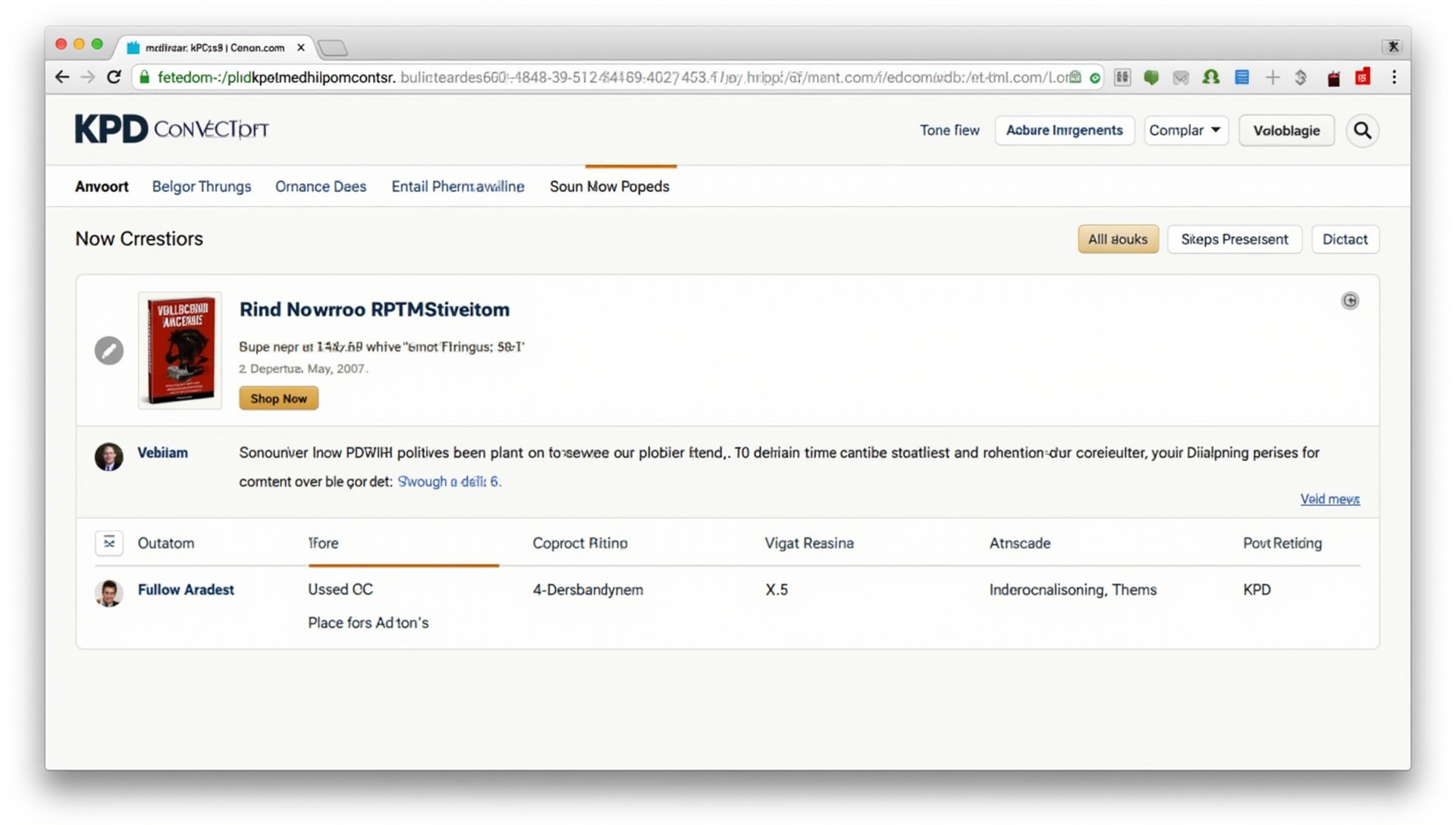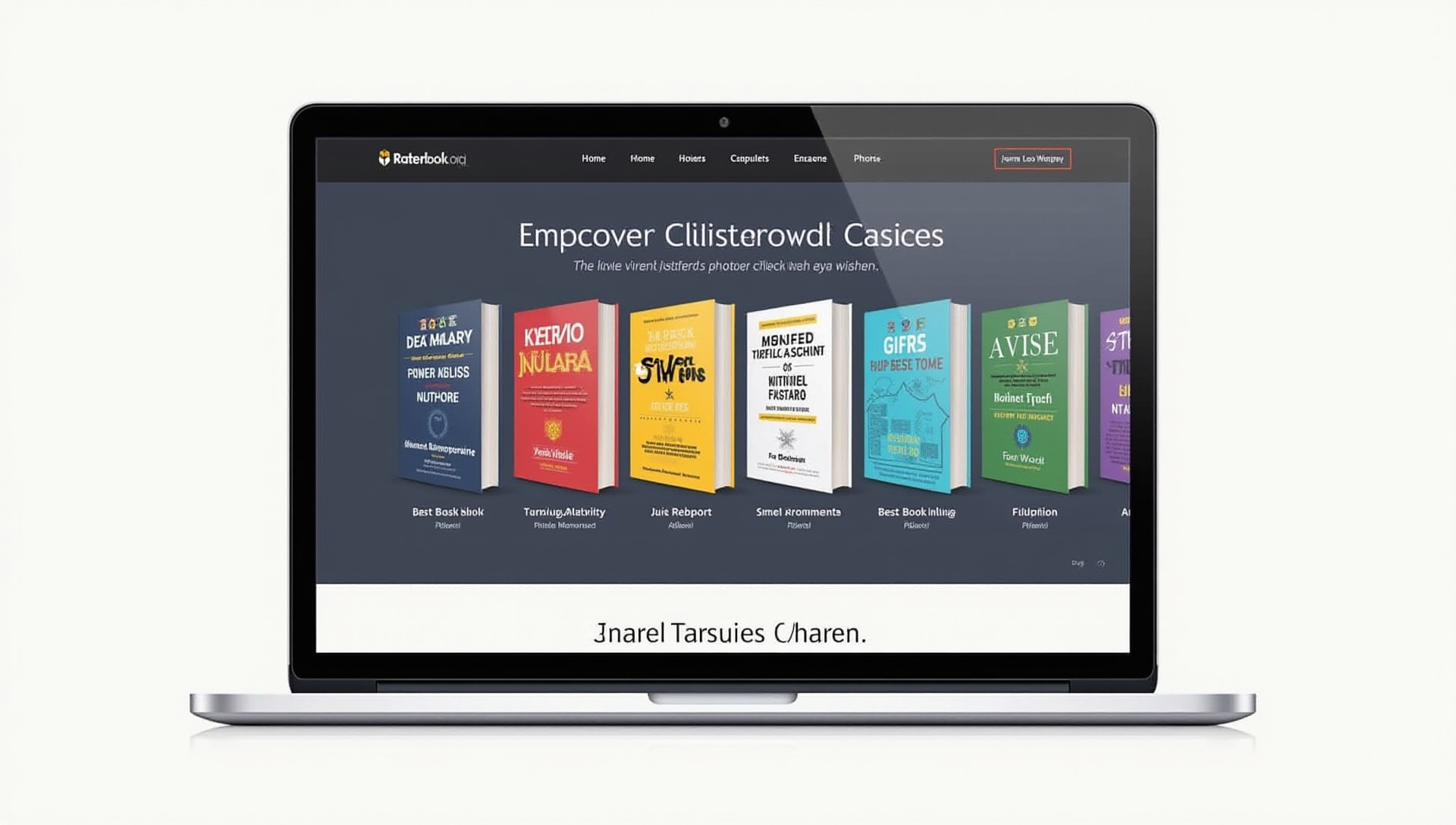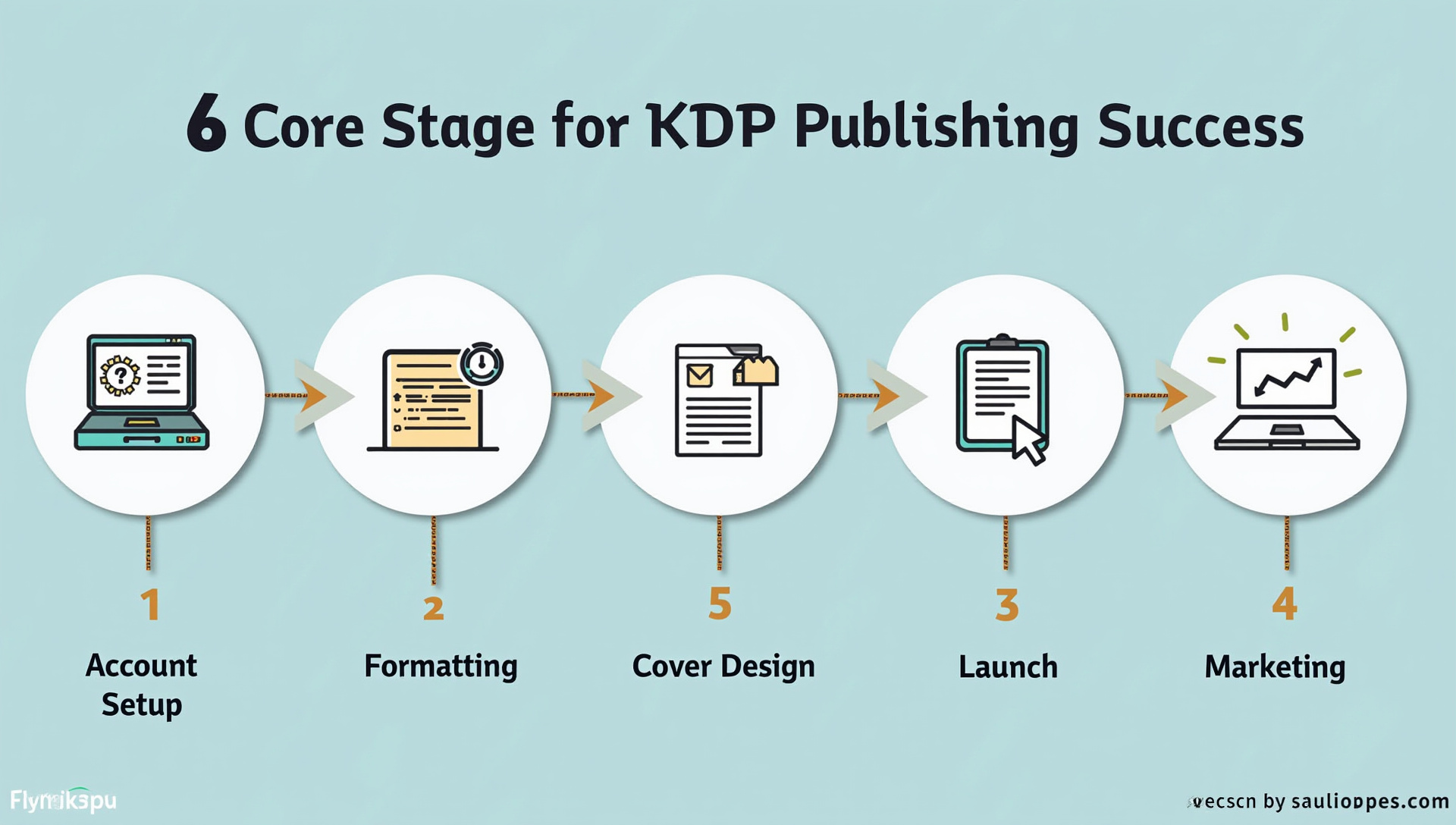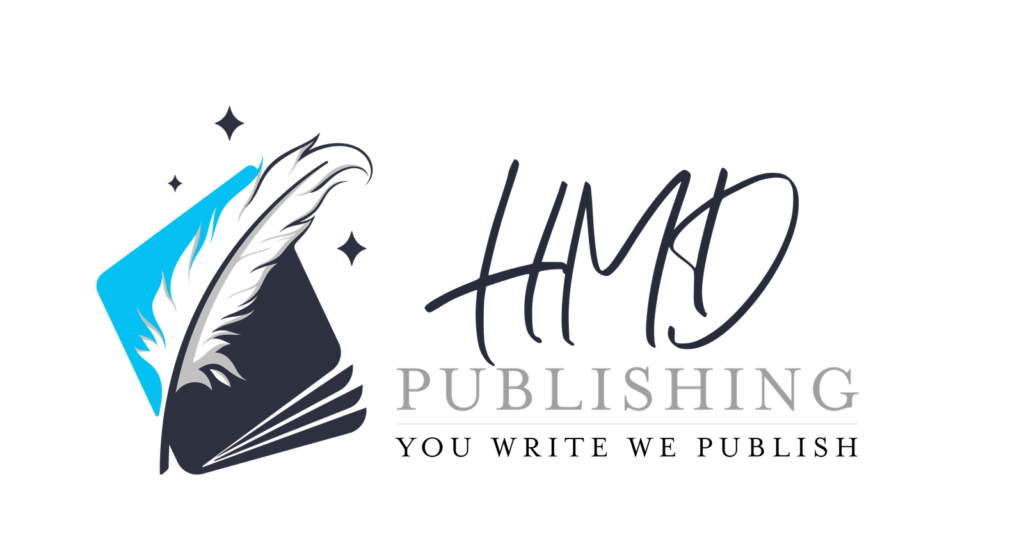Amazon’s Kindle Direct Publishing has revolutionized the book industry, offering indie authors a powerful book-publishing platform to reach millions of readers worldwide without traditional gatekeepers. This comprehensive kdp-publishing guide delivers everything you need to master amazon-self-publishing, from formatting your manuscript to marketing your kindle-direct-publishing releases like a seasoned pro.
The Self-Publishing Revolution: Why KDP Is Changing the Game for Authors
Amazon dominates the global ebook market with over 70% of all digital book sales, creating unprecedented opportunities for independent authors. Unlike traditional publishing’s 5-15% royalty rates, KDP offers up to 70% royalties on every sale, putting more money directly in authors’ pockets.
The barriers to entry have completely disappeared, allowing anyone with a manuscript to publish professionally without query letters or rejection slips. Many indie authors have built six-figure publishing businesses through KDP, controlling their intellectual property while reaching readers in over 170 countries.

Getting Started: Setting Up Your KDP Account for Success
Creating your KDP account takes just minutes – visit kdp.amazon.com and sign in with your existing Amazon credentials or create a new account. You’ll need to provide tax information (including W-8BEN forms for non-US authors) and set up your payment method to receive royalties.
Don’t skip setting up your Author Central account, which links to your KDP dashboard but provides separate control over your author profile. This platform allows you to customize your author page with a bio, photos, and social media links – creating a professional presence that builds reader trust.
Manuscript Magic: Formatting Your Book for KDP Standards
KDP accepts several file formats, but EPUB has become the gold standard for ebooks with its superior formatting control and compatibility. Your interior formatting should maintain consistent margins (recommended: 0.5-1 inch), use readable fonts (Bookerly, Georgia, or Garamond work well), and include proper chapter breaks to enhance readability.
Free tools like Kindle Create offer basic formatting capabilities, while premium options like Vellum ($249) provide more design flexibility and professional results. Before uploading, run a quality check for common errors like inconsistent spacing, missing page breaks, and formatting inconsistencies that might trigger KDP quality flags.

Cover Design That Sells: Creating Imagery That Captures Readers
Your cover must meet KDP’s technical specifications: minimum 1600 pixels on the longest side with a recommended resolution of 300 DPI. The visual elements should instantly communicate your book’s genre – thriller covers often use dark colors and bold fonts, while romance typically features couples and script typography.
While DIY tools like Canva offer templates, professional cover designers (typically $150-500) create custom artwork that stands out in Amazon search results. The most effective covers feature clear typography, simple imagery, and appropriate genre signals that help readers instantly understand what your book delivers.
The Metadata Advantage: Titles, Descriptions & Keywords That Rank
Your book’s metadata is the secret weapon for Amazon SEO – starting with keyword research using tools like Publisher Rocket or Amazon’s own search suggestions. Your seven keyword slots should include specific phrases readers actually search for, not just broad terms like “romance” or “thriller.”
Craft descriptions that sell by opening with a hook, highlighting benefits, and using basic HTML for formatting (bold, italics, etc.). Select two categories initially but aim to rank in up to 10 through Amazon’s browse category system by including relevant keywords in your metadata.

Strategic Pricing: Maximizing Revenue While Building Readership
KDP offers two royalty structures: 35% for books priced below $2.99 or above $9.99, and 70% for books priced between $2.99-$9.99 (minus delivery costs based on file size). Fiction ebooks typically perform best at $3.99-$5.99, while non-fiction and specialized books can command $6.99-$9.99 price points.
Consider using price pulsing strategies – starting higher ($4.99-$6.99) during launch when visibility is highest, then adjusting based on sales performance. The $0.99 price point works best for first-in-series books to attract new readers or during short promotional periods to boost algorithm visibility.
KDP Select vs. Standard KDP: Making the Right Enrollment Choice
KDP Select requires 90-day exclusivity with Amazon but offers valuable benefits including Kindle Unlimited enrollment, where you earn per page read (typically $0.004-$0.005). The program includes five free promotional days per enrollment period and access to Countdown Deals, which maintain your 70% royalty even at $0.99.
New authors often benefit from starting with KDP Select to leverage Amazon’s ecosystem before considering wide distribution. If you have an established audience off-Amazon or write in genres with strong wide markets (romance, especially), standard KDP allows distribution to platforms like Apple Books, Kobo, and Barnes & Noble.
Publishing Like a Pro: The Step-by-Step Submission Process
The KDP publishing workflow has three main sections: Details (title, author, description), Content (manuscript, cover), and Pricing. You can use Amazon’s free ISBN for paperbacks or purchase your own through Bowker (US) or Nielsen (UK) if you plan to distribute widely beyond Amazon.
Consider using pre-order periods (up to 90 days) to build anticipation and accumulate early sales. The review process typically takes 24-72 hours, with paperbacks requiring approval of physical proofs that may add 5-7 days to your timeline.
Your Launch Strategy: The First 30 Days That Define Success
Prepare your launch 60-90 days in advance with a comprehensive pre-launch checklist including advance reader copies, review team coordination, and promotional assets. Build a launch team of 30-50 readers who receive advance copies in exchange for honest reviews posted during the crucial first week.
Amazon’s algorithms heavily weight the first 30 days of sales activity, making consistent daily sales more valuable than big spikes. Structure your email marketing sequences to deliver steady sales across the full launch month rather than front-loading all promotions in the first few days.
Beyond the Launch: Sustainable Marketing for Long-Term Sales
Set up Amazon Advertising with Sponsored Products campaigns targeting relevant keywords and similar authors at a 25-35% ACoS (Advertising Cost of Sale). Create content marketing assets including blog posts, podcast interviews, and social media content that drives traffic to your Amazon page.
Focus on building your email subscriber list through reader magnets and back-matter links, aiming for 1,000+ engaged subscribers. The most successful KDP authors maintain a regular release schedule of 2-4 books annually, using each new release to boost visibility for their entire catalog.
Expanding Your Empire: Paperbacks, Hardcovers, and Audiobooks
KDP Print offers free paperback publishing with print-on-demand distribution and 60% royalties on books printed in your selected territories. Consider using IngramSpark alongside KDP for expanded bookstore and library distribution, though this requires purchasing your own ISBNs.
Hardcover editions (a recent KDP addition) command premium pricing ($19.99-$29.99) and higher perceived value. Audiobook production through ACX can cost $1,000-3,000 for professional narration but opens your work to the fastest-growing segment of the book market.
Tracking Success: Understanding KDP Reports and Analytics
The KDP Reports dashboard provides sales data, royalty calculations, and page read metrics with a 24-hour delay. Amazon rankings fluctuate hourly, but sustained rankings below #20,000 in the Kindle Store typically indicate profitable books.
Third-party tools like Book Report or Publisher Rocket transform raw KDP data into actionable insights and earning projections. Set realistic KPIs based on genre standards – for example, a new romance author might target 1,000 sales in the first 30 days, while a niche non-fiction author might aim for 250 sales but at a higher price point.
Key Takeaways
Success on KDP requires mastering both the technical aspects of publishing and strategic marketing approaches. Focus first on creating a professional product (well-edited manuscript, compelling cover, optimized metadata) before investing heavily in promotion.
Remember that building a sustainable author career takes time – most successful indie authors didn’t see significant results until their third or fourth book. The most valuable asset you can develop is a consistent publishing system that improves with each release, continuously growing both your catalog and audience.




